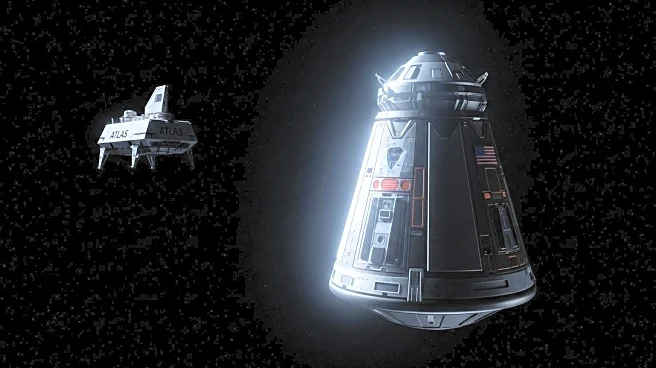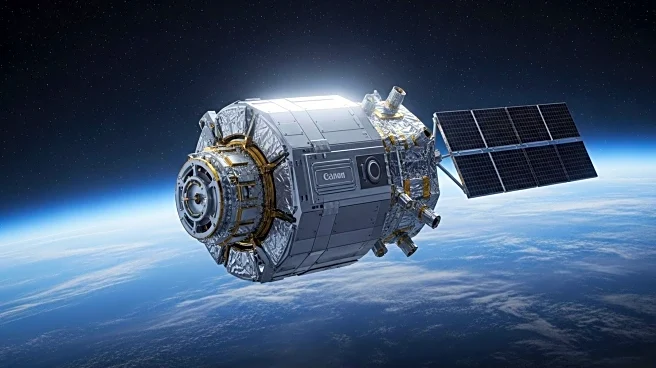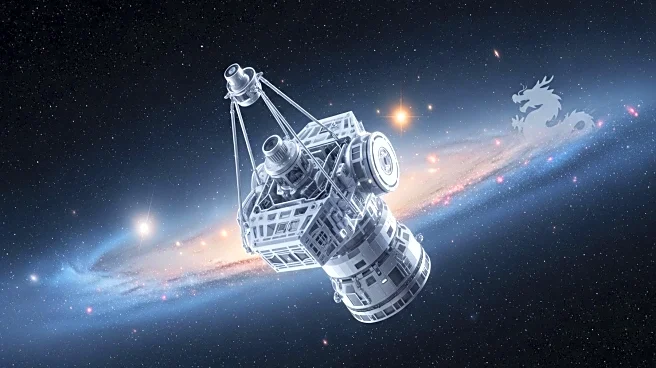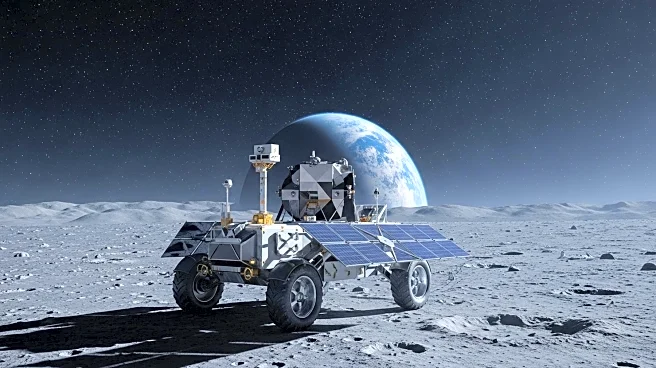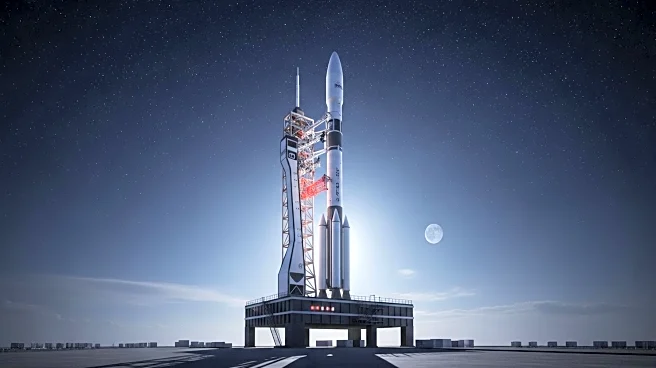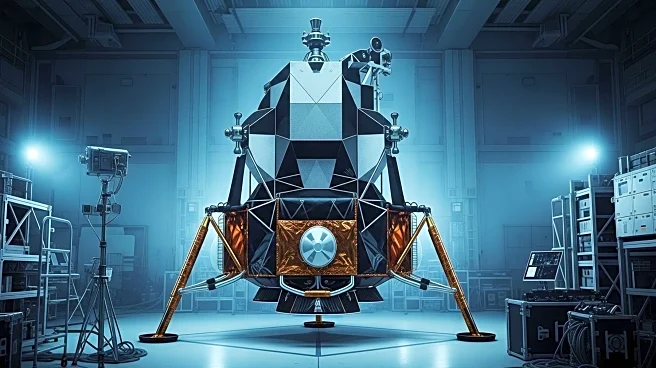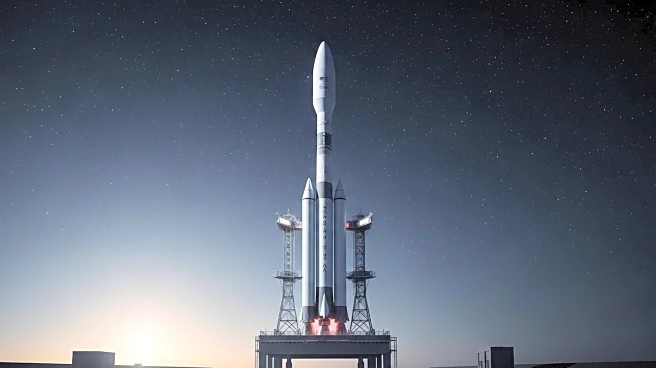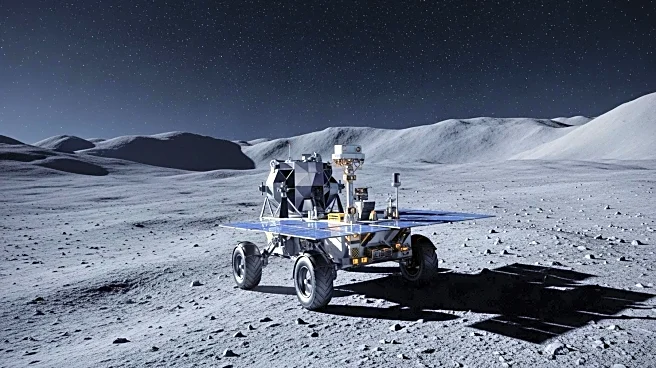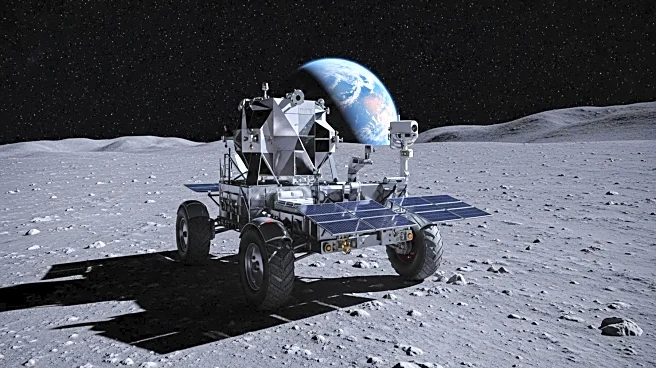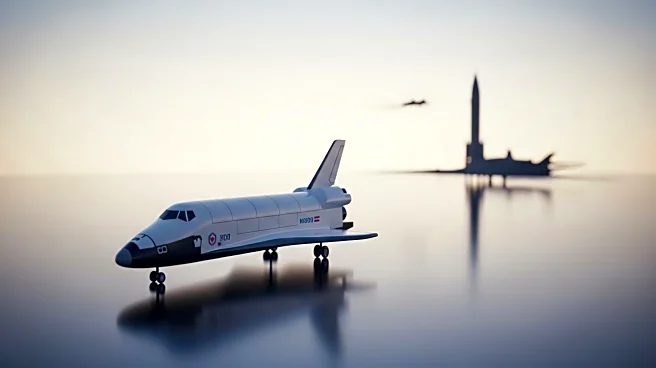What is the story about?
What's Happening?
NASA's Gemini VI mission, aimed at testing rendezvous and docking techniques crucial for the Apollo program, encountered significant challenges. The mission involved launching an Atlas Agena Target Vehicle, which was supposed to dock with the Gemini VI spacecraft. However, the Agena vehicle experienced a catastrophic failure shortly after its engine fired, leading to its explosion and the cancellation of the Gemini launch. This setback prompted NASA to consider launching Gemini VI while Gemini VII was already in orbit, a plan that required rapid adjustments in logistics and mission control operations. The mission eventually proceeded as Gemini 6A, with astronauts Wally Schirra and Tom Stafford successfully launching and rendezvousing with Gemini VII in space.
Why It's Important?
The Gemini VI mission was pivotal in demonstrating the feasibility of space rendezvous and docking, techniques that were essential for the success of future Apollo missions to the moon. The challenges faced and overcome during this mission highlighted the resilience and adaptability of NASA's teams and the astronauts involved. Successfully executing these maneuvers laid the groundwork for the complex operations required in lunar missions, thereby advancing the United States' capabilities in space exploration. The mission also underscored the importance of contingency planning and the ability to adapt to unforeseen circumstances in space missions.
What's Next?
Following the successful completion of the Gemini 6A mission, NASA continued to refine its techniques for space rendezvous and docking. These advancements were critical for the upcoming Apollo missions, which would require precise docking procedures for lunar landings. The experience gained from Gemini VI and similar missions contributed to the development of more sophisticated spacecraft and mission protocols, ultimately leading to the successful Apollo moon landings.
AI Generated Content
Do you find this article useful?
